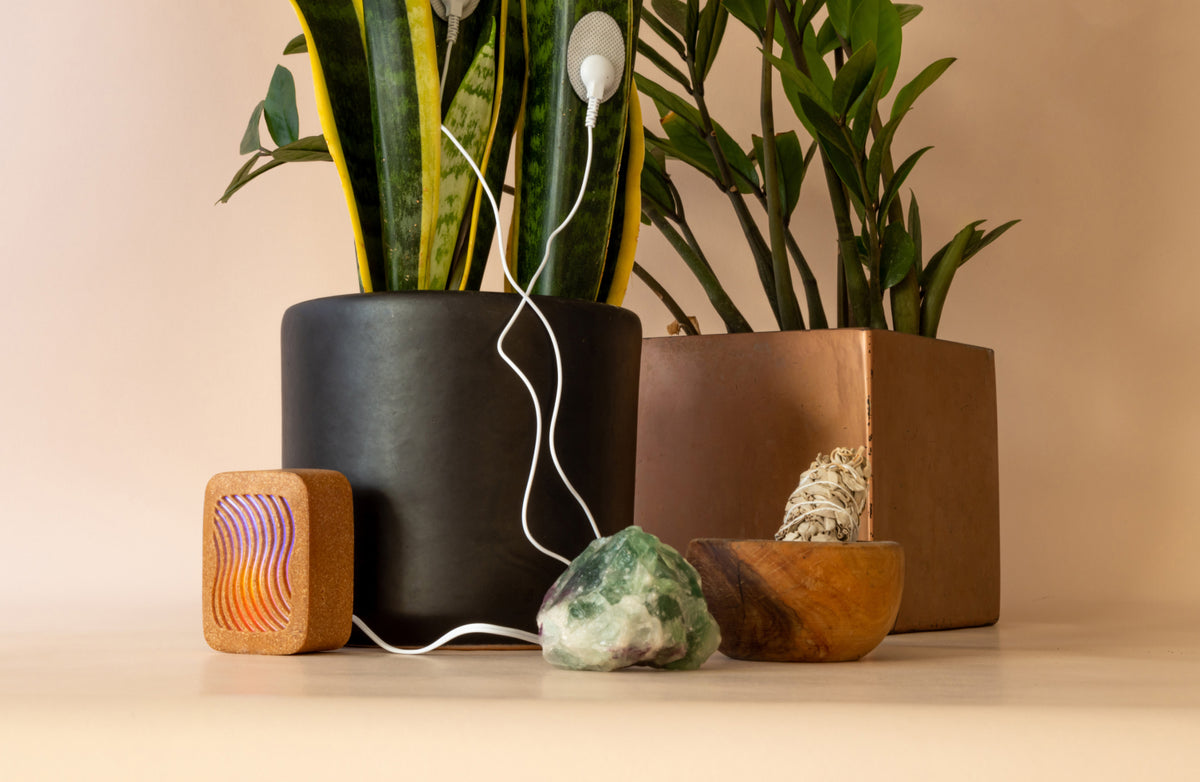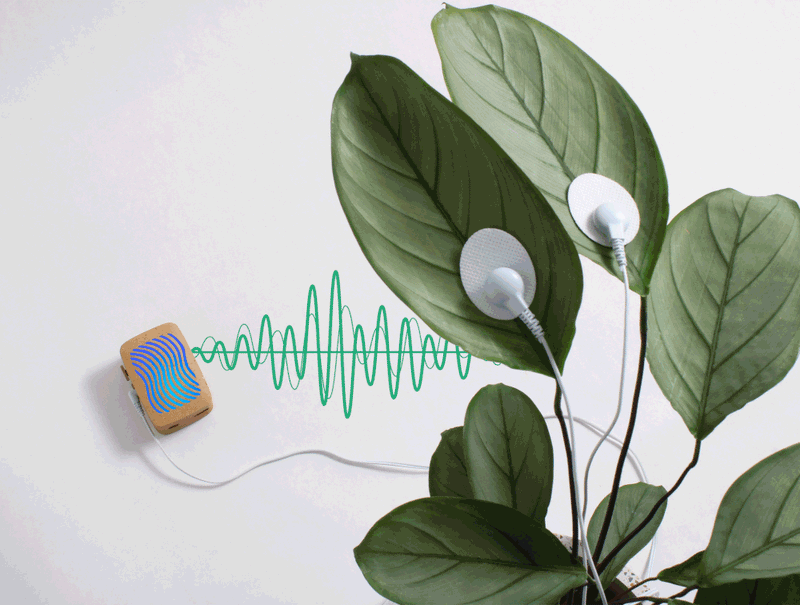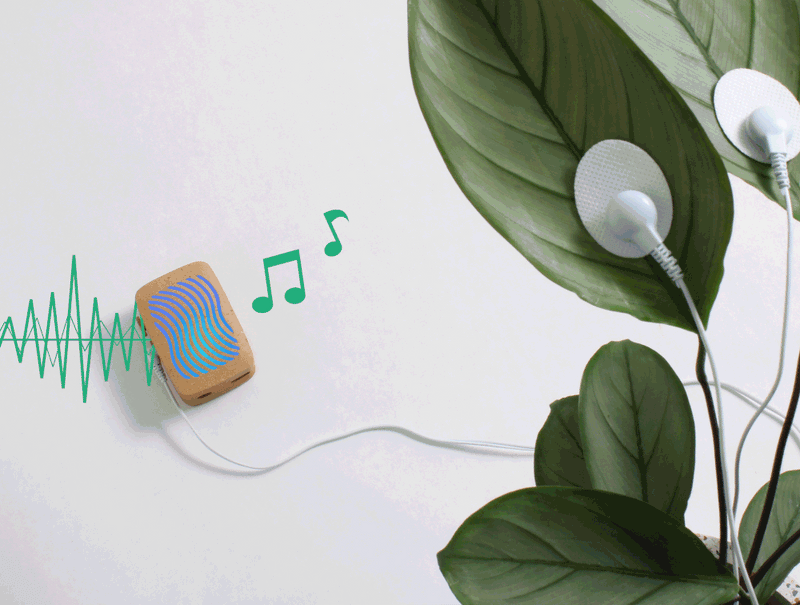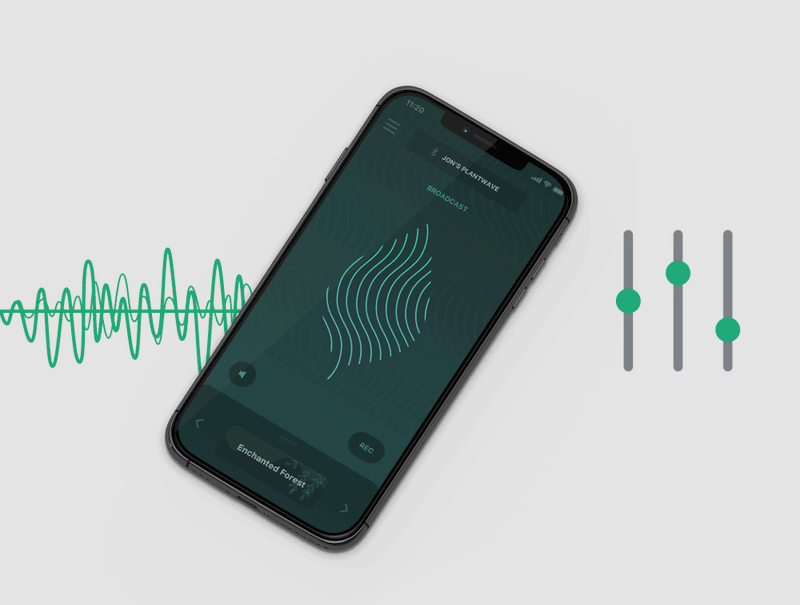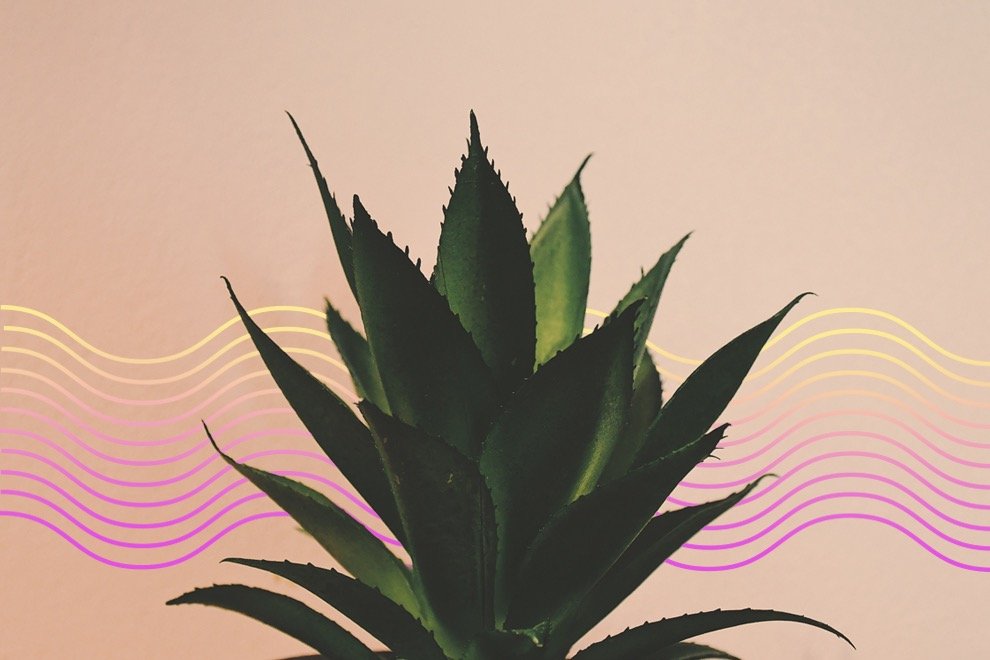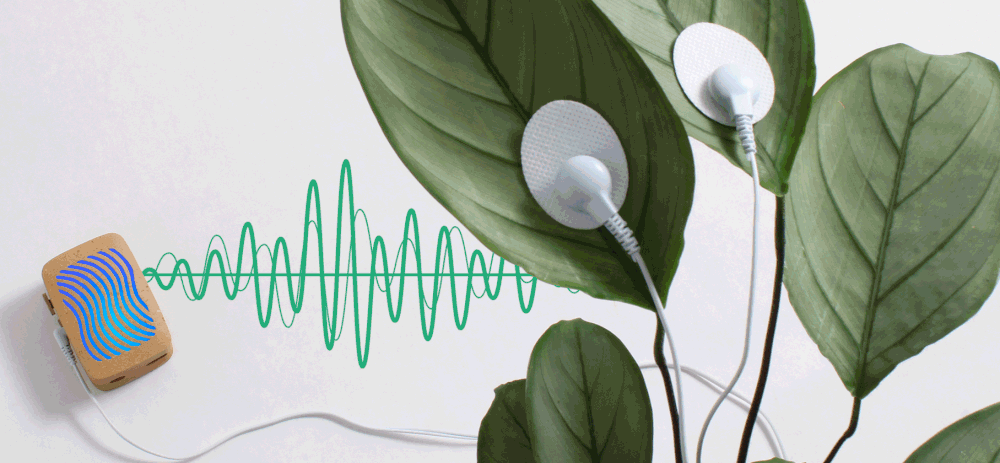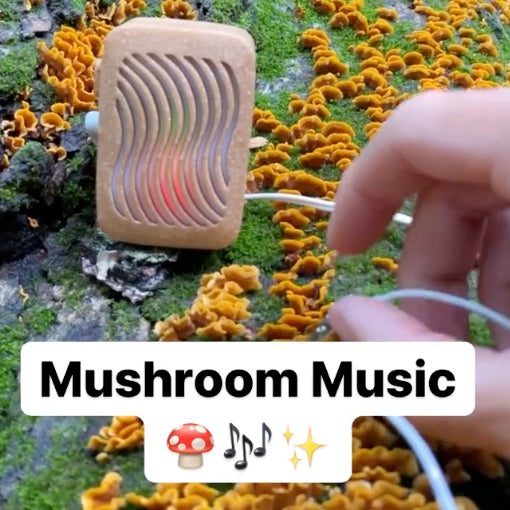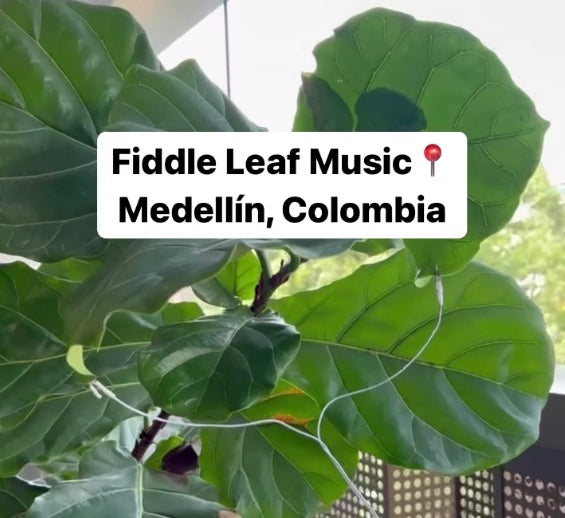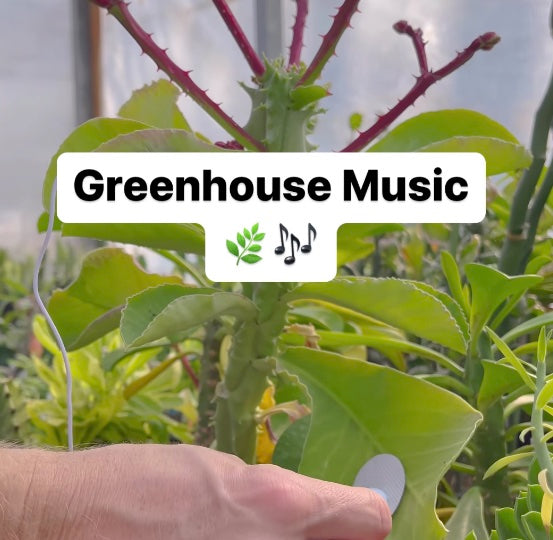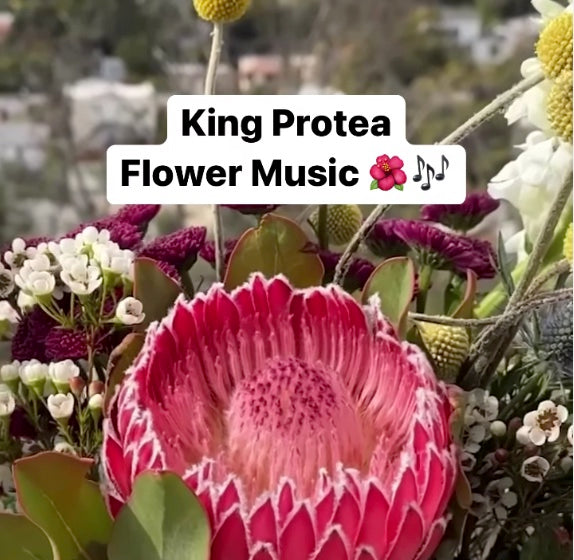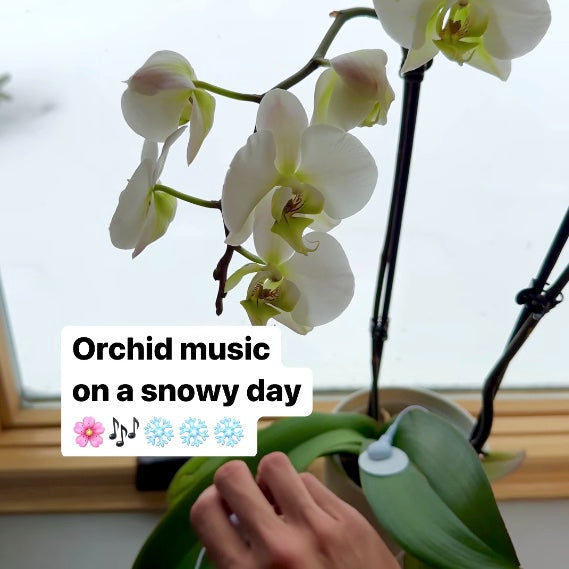
“Any sufficiently advanced technology is indistinguishable from magic.”
- Arthur C. Clarke
From Electrical Signals to Wondrous Music
PlantWave uses patented sonification technology we built over the last decade to turn plants’ biorhythms into music. Here’s how it works:
The circuitry used in PlantWave is the same as that which is used in a polygraph machine. It’s what’s called a psychogalvanometer and was originally developed to measure galvanic skin response (GSR) on humans. PlantWave has adapted this technology to detect micro-fluctuations within plants.
A Deeper Dive Into Sonification – A Powerful Scientific Tool Used by NASA
For more than 70 years, data sonification has been used to study everything from earthquakes to the human body.
It’s even used by NASA to give us a better understanding of our place in the Universe. Just have a listen to the above sonification of data from our sun. This allows us to experience the flowing exchange of gas on our nearest star as sound.

One PlantWave. Countless Hours of Nature’s Song
Much of a plant’s activities involve electrochemical reactions. A plant is constantly responding to the changes in its environment, which can affect the music it creates.
This is why you may find your plant’s music varies with temperature, light, and level of hydration. It also explains why you might hear a dramatic change in the patterns created by your plant while listening for an extended period of time, for example from morning to evening.
Backed by Patented Technology and Survey Reports
Plant music not only helps us to explore the depths of the natural world – it can also help us to feel more relaxed, connected, and inspired, as shown by a survey of hundreds of customers.
Enhances Healthy Routines and Practices
Plant music can amplify many of your daily routines and practices. Our customers report profound results with yoga, meditation, creative work, music production, outdoor activities, and more.
Read on to find out more about PlantWave’s most popular use cases.

Ready to Experience Plant Music?
Get PlantWaveStill Have Questions?
Why listen to plants?
The practice of taking time to listen to plants can help take a person out of the busyness of their day. It becomes a ritual where the focus moves away from the "to-dos" and towards harmony with nature. By slowing down to tune into the subtle changes in plant music, we access a state of heightened presence in the moment. Feelings of increased presence are associated with stress reduction, increased creativity, clarity and openness.
What exactly is being measured?
PlantWave measures microfluctuations in conductivity between two points on a plant. The amount of conductivity between these two points is largely related to how much water there is between them. That changes as plants photosynthesize and move chloroplasts around.
The variation is graphed over time, which produces a wave. We take that wave and translate it into pitch. Then those pitch messages are routed to control instruments we designed. So, each note you hear is an expression of a change happening within the plant in the moment. The greater the distance between two adjacent notes, the greater change is happening within the plant.
What inspired this idea?
Our inspiration for writing music always came from nature. We used to go out into the woods, record forest sounds and then go back into the studio to listen to the sounds, connect to the feeling of those natural places and write music from there. For us, creating music from plant data was just a natural progression of this practice. Instead of "sampling" the sounds of nature, we started sampling data from nature. Instead of having nature fuel the inspired playing of our instruments, we connected nature directly to the instruments with technology.
Have additional questions? Contact Us
- Choosing a selection results in a full page refresh.
- Opens in a new window.

